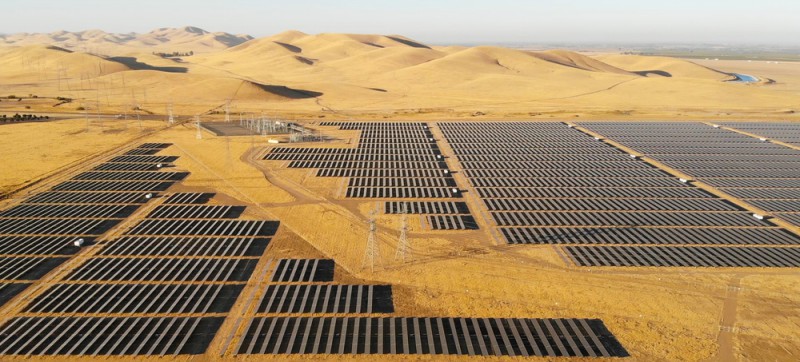What We Should Learn from the California Energy Crisis
Despite California often being one of the pinnacles of America, the state isn't all sunshine and beaches, as it is currently in the midst of one of the country's longest-standing energy crises'.
According to the United States Energy Information Administration (EIA), California has been in an energy crisis since the turn of the century.
It began as a result of the deregulation in 1998 that was supposed to help restructure the current electricity market. This approach worked for the first few years until the turn of the century when generation capacity shortages made energy prices reach unprecedented highs.
"Wholesale power costs rose from $7 billion in 1999 to $27 billion in 2000. The California utilities (Pacific Gas and Electric, Southern California Edison, and San Diego Gas and Electric) were unable to pass these costs through to their customers due to the structure of the market. Thus, they were put in the position of buying power at an average wholesale price of $317/MWh in December 2000 while reselling it to their customers at rates in the $45/MWh range."
Since then, this problem has collected many other issues that provide a layer of complexity to the crisis, making it even harder to solve.
Today, the EIA attributes the current state of California's energy crisis to three leading causes:
- "Precipitous increase in wholesale electricity prices
- Intermittent power shortages during peak demand periods
- The deterioration of the financial stability of California's three major investor-owned utilities (IOUs)—Pacific Gas and Electric (PG&E), Southern California Edison (SCE), and San Diego Gas and Electric (SDG&E)."
Another element that certainly doesn't help the state is its growing population, which increased by nearly 6% from 2010 to 2020.
Since the beginning, the State of California and the Federal Government have attempted to remedy the problem through various initiatives. From suspending retail access and reimplementing a more regulated model to rate stabilization plans and other regulatory actions. Unfortunately, none of these actions have helped reverse the problem entirely, leaving the state to experience energy problems on and off over the last two decades.
Making Progress
Due to the power shortages, California residents have become acclimated to utilizing less energy than inhabitants of many other states. "In 2019, California was the second-largest total energy consumer among the states, but its per capita energy consumption was less than in all other states except Rhode Island, due in part to its mild climate and its energy efficiency programs."
During the peak of this crisis, California was harvesting energy from natural gas and nuclear. However, the state shut down two nuclear reactors during the mid-2010s, leading many to wonder why two alternative fuel options were being closed and to advocate for more implementations in the future.
Therefore, in a greater attempt to break free from finite energy sources, reach the state's goal of 100% clean energy, and meet the growing consumer demand, California has emphasized installing alternative energy.
Thanks to increasing these initiatives, California was one of the "nation's top producers of electricity from solar, geothermal, and biomass energy. The state was fourth in the nation in conventional hydroelectric power generation, down from second in 2019, in part because of drought and increased water demand," according to the EIA.
To top this, in April of 2022, the state surpassed its previous records of load served by renewable energy sources by reaching an impressive 99.87%. "The previous record was initially broken at 2:28 p.m., but the percentage of load served by renewables continually increased for about 20 minutes until 2:50 p.m. when it sustained 99.87 percent for approximately 2 minutes."
"Twenty years ago no one thought we could get to 100 percent renewable energy. But bit by bit, bill by bill, and solar panel by solar panel we did it," said Dan Jacobson, the senior advisor of nonprofit environmental lobbying group Environment California.
What Can We Learn?
Over the past two decades, the nation has watched as California has undergone a slew of energy problems, making the inhabitants of the state witness blackouts, extreme prices, and uncertainty in future energy supplies.
Despite this, the state has seen the tables turn in its favor as its investments in alternative energy are beginning to pay off, taking California one step closer to freedom from natural gas and coal-powered fuel.
The rest of the country can look to California as an example of why regulatory measures are needed, the volatility of the current energy infrastructure, and the importance of transitioning to alternative energies to help combat potential future problems. Further, not only are alternative energies better for the environment in comparison, but they provide an infinite energy source that can provide independence and reliability that fossil fuels simply cannot.

